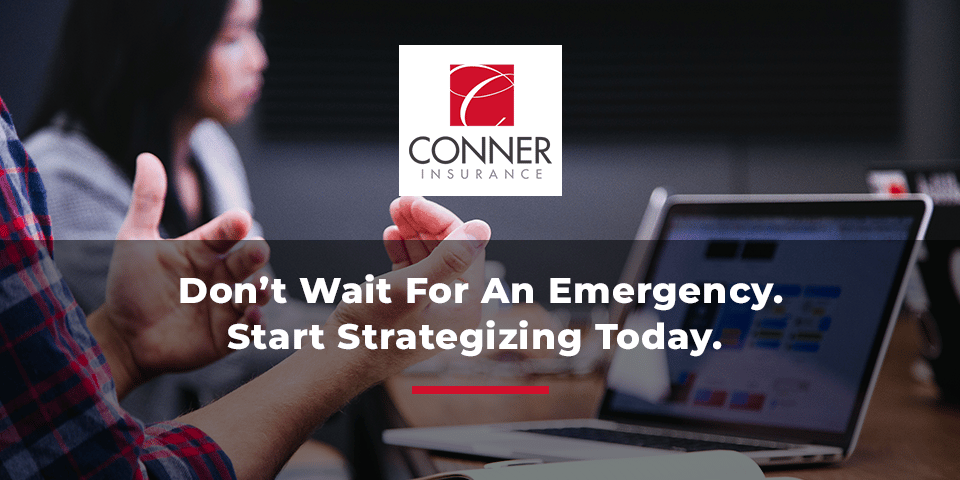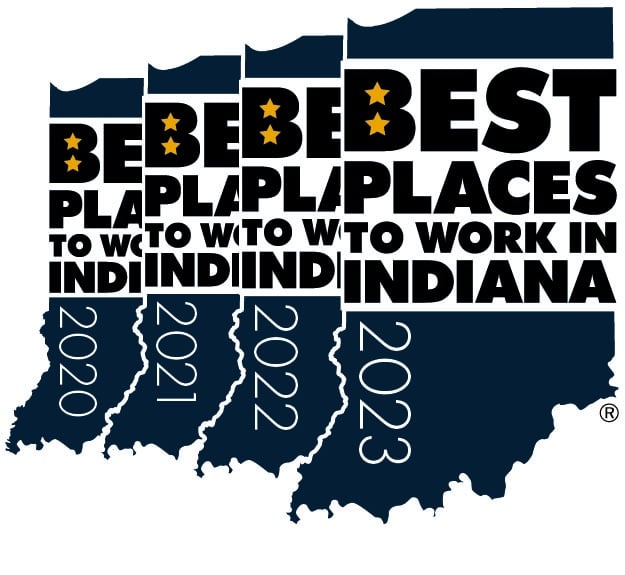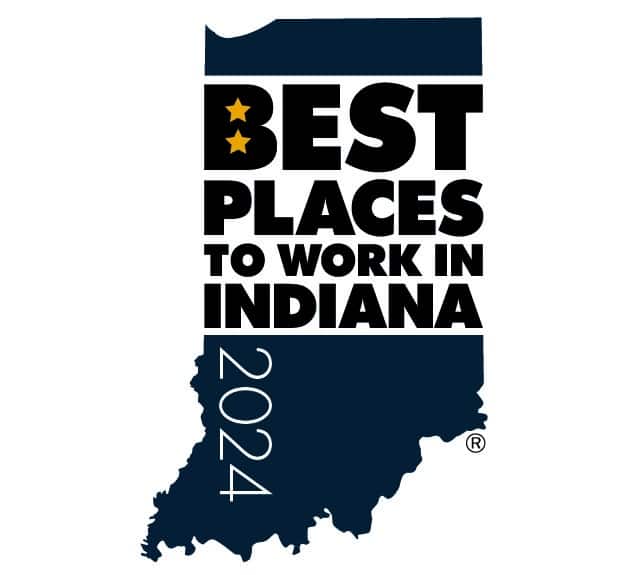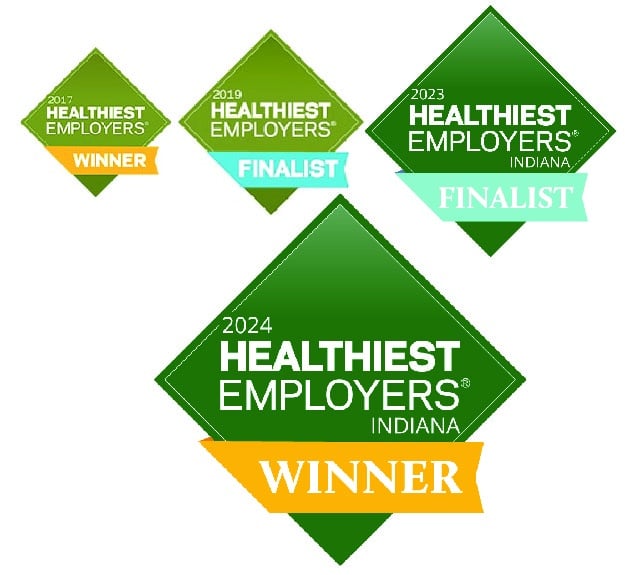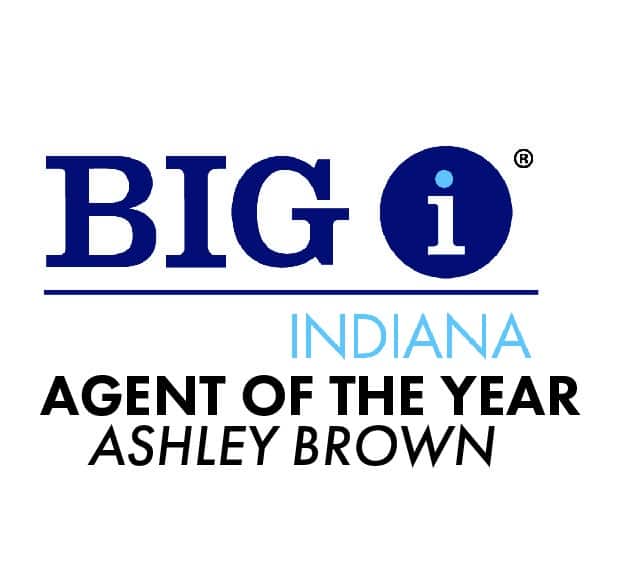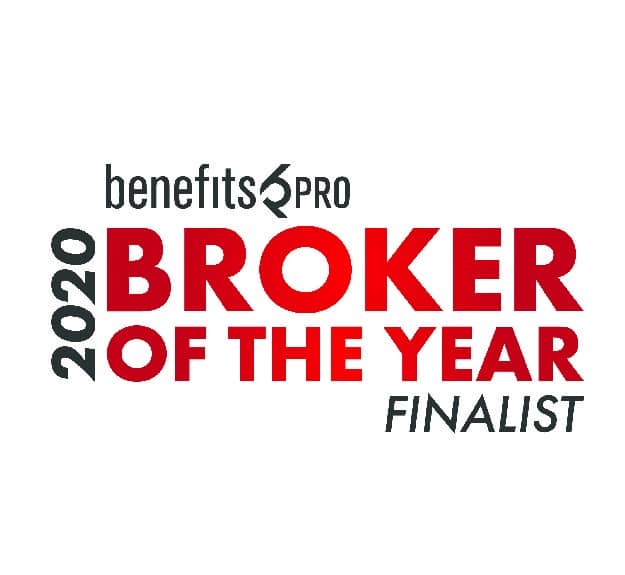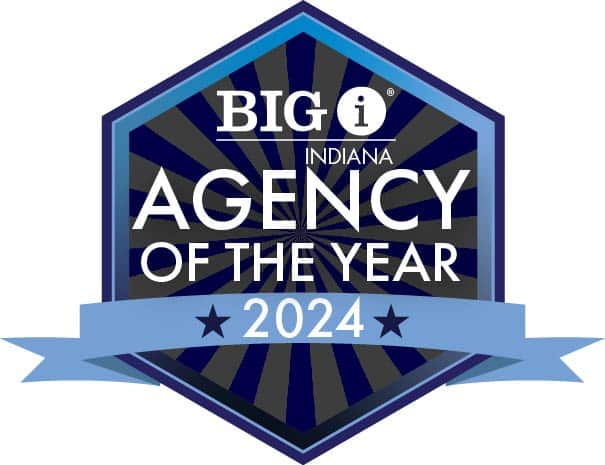Don’t Wait For An Emergency. Start Strategizing Today.
An airline won’t enter the sky without being prepared and fully inspected first. You can be sure the pilot has been trained and the plane has been equipped with all necessary life-saving devices. Because no one wants to be responsible for sending an unprepared plane in the air should an emergency happen.
Always be ready.
Your benefits program should be no different. You can’t wait until the plane is going down to find a way to save everyone, the seatbelts, oxygen masks, life jackets, and rafts should already be in place. With inflation persisting and the possibility of the next recession on your doorstep, you may need to be prepared to take your benefits program in a new direction.
Self-funded employers have options and opportunities to make adjustments to their benefit programs, allowing them to control costs without negatively impacting employee experience. There is flexibility and transparency in a self-funded plan.
If you are fully insured, you may not have that flexibility, preventing you from customizing your health plan completely. You need to evaluate your plan carefully. Establish where you need to start first, and develop a strategy based on what choices make sense. In other words, make sure the plane is prepared before the emergency happens, don’t wait. Begin to strategize your benefits program now.
There are answers in the data.
Medical trend is a critical number for businesses to be aware of, a projected percentage increase in costs from one year to the next. Ultimately if the healthcare trend has been 12% in the past, and now that inflation is 8% or more, we can imagine we are going to face higher increases in the future.
There are many challenges driving against our growth goals, we need to plan ahead and prepare for possible cost increases. The reality of a recession can further impact deliverables, growth plans, and supply chains. Some points to consider for this renewal are:
- You need to have reliable guidance in order to strategize, prepare solutions, and plan. An advisor that knows your business and truly understands your culture is better able to evaluate what options are best for you and your people.
- Look at your workforce and be deliberate and intentional with what you want to accomplish with your benefit program.
- Make choices that deliver your people’s voice, instead of guessing what they care about and risking getting that voice wrong.
- Use a mission-based approach. If you have better alignment with your benefits program, you can gain necessary data and transparency that can set your program up for success.
- Discover what is most important for a successful program and drive those points to create an approach with a solid foundation.
- Weigh your risk points and know how to adjust to them. Your benefits program needs to be built appropriately.
Start preparing now. The urgency of setting expectations and knowing what an unmanaged renewal increase will look like is important. You don’t want to miss an essential element in your benefit program after the fact. Identify where your spend makes the most sense this renewal.
Know that the plane is flying safely, with all systems checked.
If you stay nimble, make effective decisions and control the message you want to send to your employees, you can control your outcome. You can deliver a cost-effective benefits program that is designed with your people in mind. The urgency is going up this renewal season, and employers should be prepared.
Your strategy needs to include the potential for a recession, cost increases, and the continued challenges in recruitment and retention. If your renewal doesn’t include solutions for challenges like these, you could quickly find yourself in a difficult position and not be equipped to address them.
There is a critical call for employers to be prepared for this renewal. Your workforce needs to be insulated from cost extremes. There is a need for a contingency plan. This year’s renewal could come with multiple unexpected hurdles that must be considered.
You need to be confident there are enough seatbelts, oxygen masks, or life vests ready for each employee before the plane goes down. Don’t wait until the emergency happens to make an emergency plan.

